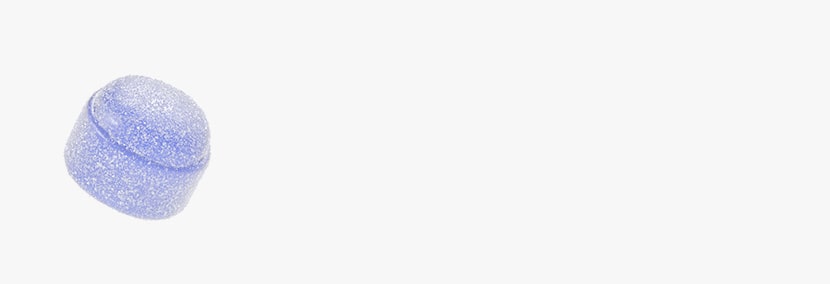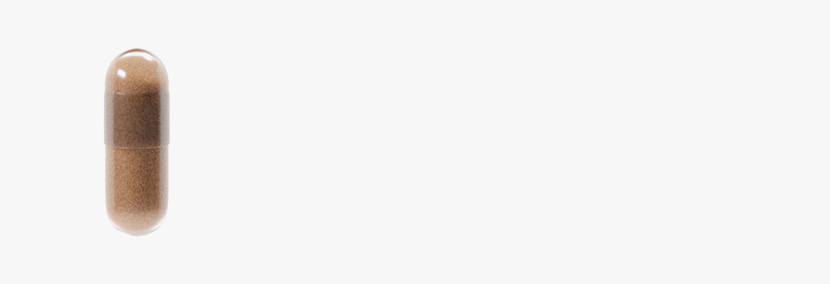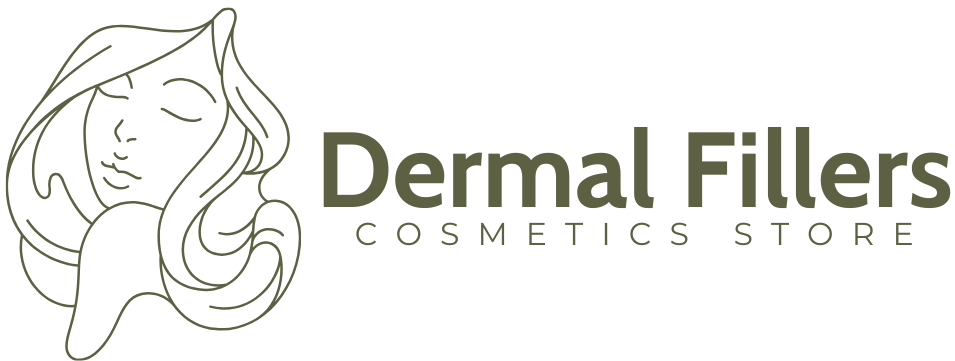Botulax
What Is Botulax Used For?
Jul 25, 2025
Did you know your skin naturally sheds 30,000 to 40,000 dead cells every minute? It’s part of your body’s built-in renewal system, constantly refreshing the surface to keep your complexion healthy and responsive to treatments. This natural process lays the groundwork for many popular skin rejuvenation techniques.
One of the most sought-after options today is botulinum toxin, and South Korea’s Botulax has established its place in clinics worldwide. Known for its ability to smooth dynamic wrinkles and improve facial symmetry, Botulax offers both reliable results and ease of preparation, making it a go-to choice for many medical aesthetics professionals.
In this article, we’ll take a closer look at what Botulax is used for. This article will cover both its cosmetic and therapeutic benefits, how it’s administered, and the key safety tips patients and providers should know.
Key Takeaways
- Botulax is a botulinum toxin type A product used primarily to reduce dynamic facial wrinkles and improve facial symmetry.
- Common aesthetic applications include the treatment of glabellar lines, forehead lines, and crow’s feet by temporarily relaxing targeted facial muscles.
- Beyond aesthetics, off-label and therapeutic uses include masseter reduction, correction of a gummy smile, migraine relief, treatment of hyperhidrosis, and relief from jaw clenching.
- Compared to other toxins like Botox, Xeomin, and Innotox, Botulax offers similar results, with moderate diffusion and a more cost-effective price point.
- Patient selection is critical: contraindications include neuromuscular disorders, pregnancy, active infections, or a history of allergic reactions to botulinum toxins.
- Key anatomical areas require careful handling to avoid complications such as ptosis, facial asymmetry, or dysphagia.
- With proper use, Botulax delivers reliable and natural-looking results, making it a valuable tool in both cosmetic and medical practice.
About: Trusted by over 2,000+ global clients since 2014, Maylips has become a leading supplier of cosmetic, skincare, and orthopedic products for medical and aesthetic professionals. Maylips offers a wide range of authentic brand-name products at competitive wholesale prices, sourced from around the world. If you’re looking to buy Botulax online, contact our sales team for guidance.
Botulax Approved Indications in Medical Aesthetics
Botulax, a botulinum toxin type A developed in South Korea, is primarily used to treat dynamic wrinkles. These are the fine lines and creases that form from repeated facial expressions. Although regulatory approval may differ between countries, the following cosmetic applications are widely accepted and practiced around the world:


- Glabellar lines (frown lines between the eyebrows)
- Forehead lines (horizontal wrinkles across the forehead)
- Crow’s feet (lines around the outer corners of the eyes)
These common injection sites involve muscles that contract during expressions like frowning, squinting, or raising the eyebrows. Botulax works by blocking acetylcholine, the neurotransmitter that tells these muscles to contract. Once blocked, the muscle relaxes, softening the skin above and giving a smoother, more youthful appearance.
Clinicians often favor Botulax for its predictable results, affordability, and ease of use. In aesthetic practice, results typically last 3 to 6 months, depending on the injection technique, area treated, and the patient’s response.
Botulax Off‑Label & Therapeutic Uses
Beyond cosmetic wrinkle reduction, Botulax is also used in a growing number of off-label and therapeutic applications, thanks to its muscle-relaxing properties. While these uses are not always listed in the product’s official labeling, they are well-recognized in the medical community, provided that clinicians apply proper technique and adjust for variables such as Botulax reconstitution volume, injection depth, and dose.


- Masseter reduction to create a slimmer jawline
- Gummy smile correction, by targeting the upper lip elevators
- Platysmal band softening in the neck
- Non-surgical brow lift with small doses around the eyebrows
- Migraine relief, using targeted injections in the head and neck muscles
- Hyperhidrosis treatment, especially in the underarms, palms, or soles
- Jaw clenching and bruxism, by relaxing the masseter or temporalis muscles
These uses reflect the expanding scope of botulinum toxin in clinical medicine. While safety data is still evolving for off-label scenarios, Botulax continues to gain popularity among practitioners for its efficacy, flexibility, and cost-effectiveness.
Botulax vs Other Toxins: Results, Duration, Diffusion
As more options enter the market, Botulax is frequently compared with other botulinum toxin brands like Botox, Xeomin, and Innotox. While all are based on botulinum toxin type A, differences in formulation, diffusion, and onset time can influence clinical choices.
Here’s a simplified comparison:
| Feature | Botulax | Botox | Xeomin | Innotox |
| Onset | 3–5 days | 3–5 days | 4–7 days | 2–4 days |
| Duration | 3–6 months | 3–6 months | 3–6 months | 3–5 months |
| Diffusion | Moderate | Low to moderate | Low | High |
| Storage | Requires refrigeration | Requires refrigeration | No complex proteins | Ready-to-use liquid |
| Price Point | Lower | Premium | Mid-range | Mid-range |
Botulax offers results that are comparable to Botox, particularly when dosed and diluted properly. It has moderate diffusion, making it effective for larger or thicker muscle groups, though this also means more precision is needed near sensitive areas such as the eyes. Botulax storage requires refrigeration to maintain potency, similar to many other freeze-dried toxins on the market.
Its affordable pricing makes it especially appealing in high-volume clinics, where cost-effectiveness without compromising results is a priority.
Botulax Patient Selection: Contraindications & Anatomy
Getting great results with Botulax starts with choosing the right patient and using the right technique. A thorough assessment of facial anatomy, health history, and treatment expectations is essential.
Contraindications
Patients should avoid Botulax if they:
- Have a known allergy to botulinum toxins or any ingredients in the product
- Have neuromuscular disorders such as myasthenia gravis or Lambert-Eaton syndrome
- Are pregnant or breastfeeding, due to limited safety data
- Have active skin infections in the injection area
- Take blood thinners or have bleeding disorders (increased risk of bruising)
Important Anatomical Considerations
- Frontalis Muscle: Avoid over-injecting to prevent a drooping brow (brow ptosis).
- Orbicularis Oculi: Inject carefully around the eyes to avoid eyelid droop.
- Masseter Muscle: Assess facial symmetry before injection to prevent lopsided results.
- Platysma Bands: Keep injections superficial to avoid difficulty swallowing (dysphagia) or speech changes.
Taking time to review these details helps providers deliver natural-looking results while minimizing the risk of complications.
Conclusion
Botulax is a versatile, cost-effective, and increasingly popular choice in both aesthetic medicine and therapeutic care. It’s widely used to reduce wrinkles, sculpt facial features, and treat conditions like jaw clenching or excessive sweating. When proper technique, patient selection, and accurate reconstitution are followed, Botulax delivers results that rival premium brands, often at a more accessible price point.
As its global usage continues to grow, Botulax stands out for its consistency, clinical reliability, and broad range of applications across diverse patient needs.
FAQs
1. Is Botulax FDA-approved?
Botulax is not FDA-approved in the U.S. but is approved in some countries for aesthetic use.
2. How long does Botulax last?
Results typically last between 3 to 6 months depending on treatment area and individual metabolism.
3. How soon will I see results after Botulax injections?
Initial effects appear in 3–5 days, with full results in about 1 to 2 weeks.
4. Can Botulax be used for medical conditions like migraines?
Yes, though off-label, some providers use it to help manage migraines and muscle tension.
5. What’s the difference between Botulax and Botox?
Botulax is a cost-effective alternative with similar results but may have different diffusion characteristics.
6. Is Botulax safe?
When administered by a qualified professional, Botulax is generally considered safe and well-tolerated.
7. Can I switch between Botulax and other toxins?
Yes, but your injector should adjust the dosage and technique based on the specific product.
Talk with our sales representative.
Book a Meeting
References
Yavorski K. What is the Life Span of Skin Cells? Sciencing. Updated March 24, 2022. https://www.sciencing.com/life-span-skin-cells-5114345/
Botulinum toxin therapy: FAQs. https://www.aad.org/public/cosmetic/wrinkles/botulinum-toxin-faqs
Hee K DO, Chun MH, Paik NJ, et al. Safety and efficacy of letibotulinumtoxinA(BOTULAX®) in treatment of post stroke upper limb spasticity: a randomized, double blind, multi-center, phase III clinical trial. Clinical Rehabilitation. 2017;31(9):1179-1188. doi:10.1177/0269215516689331





